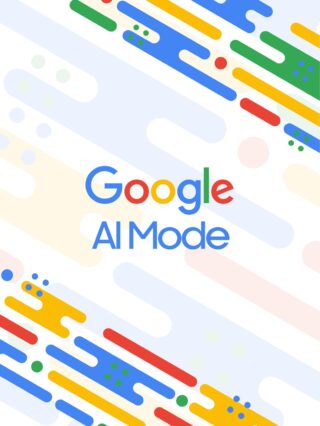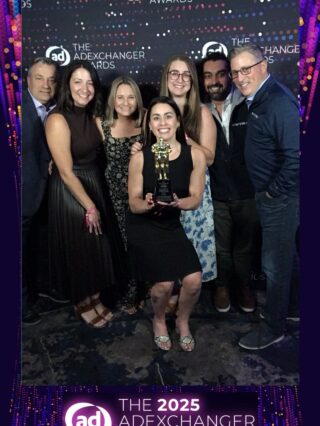We’re back and ready to put our top learnings into action. Our team just returned from the Pharma & Health Brand Insider Summit by MediaPost in Park City, Utah. Our team was able to connect with some of the leading partners, agencies, and clients in the healthcare and pharma space. Be it on horseback, hiking the mountainside, or within informative morning sessions, our team dug into what’s ahead for the increasingly complex healthcare industry.
No different than every other sector, healthcare has been transformed by the need for personalization and a customer-first methodology to meet patients and consumers where they are at within an omnichannel approach. For the most efficient and effective customer journey in the healthcare industry, and also frequently the most complex, it is crucial for marketers to not only continue to hone their craft but stay a step ahead of the rapidly evolving marketplace.
At the Pharma & Health Brand Insider Summit, our team attended and spoke on panels covering hot button topics such as:
- DTC customer acquisition
- Coordinating omnichannel marketing connections
- Recession-proofing healthcare brands
- CRM and lifecycle marketing
- Organizing for earned and paid social media impact
- Direct-to-HCP opportunities
- Breaking through creative cliches
- Trends and innovation in health—transforming the way consumers engage with wellness
With a wide spectrum of topics covered, which themes ultimately rose to the top? Check out our team’s key insights:
Artificial Intelligence
Artificial Intelligence is making its way into every industry and across all channels. As the use case for AI continues to evolve and scale, the focus on personalization and messaging may be creating unrealistic expectations when it comes to streamlining media. Most organizations are in the early stages of exploration and discovery with AI and are just now learning to harness its potential through investments and strategic partnerships. In pharma and healthcare specifically, marketers are tapping into “low hanging” fruit and using AI to develop conversations, copy iterations, scripts, high-level research, and data aggregation.
So where does this leave us as humans and marketers? Although AI is incredibly powerful and causing disruptive changes to the world as we know it, we’re still in the early stages of this technology and there is still a need for human involvement. It is necessary for marketers to train in the programs and prompts that will make AI work for us, support us, and execute on our needs vs. make its own decisions in order to be effective in advertising. There is still a need for a system of checks and balances to avoid misinformation, especially in highly regulated industries like healthcare and pharma.
With many hurdles on the horizon like legal compliance, data sourcing and protection, change management, integration, and of course, misinformation, AI still has some growing to do before we can fully rely on and put our trust in it to make the best decisions based on specific scenarios.
Omnichannel & Compelling Content
Omnichannel is the name of the game, with the objective of reaching patients where they are. It is important to note however, that omnichannel does not just mean “multi-channel.” These are two different strategies, and it is imperative to intersect the patient with the right messaging where they are consuming media, which is what omnichannel is vs. simply being present across an array of platforms as multi-channel does.
It is equally important that the content and creative for a campaign fit within the designated platform. Gone are days of a one-size-fits-all approach. Both the creative strategy and media strategy should constantly work together to drive real campaign success and outcomes. Allotting time for test and learn methodologies within your existing strategies to see what works with your unique audience can be a game changer. Look to the data to make those key decisions and optimize or reoptimize on a regular basis.
Did you know the average human consumes 4,000-10,000 ads in a single day? To protect ourselves from information overload, our brains subconsciously screen out most ads and only register under a hundred ads, paying conscious attention to even fewer. With this information, it is imperative that marketers create compelling and relevant ads, as well as make those ads consumable to your target audience. For content to be the most effective, it should be built with the intention of being helpful and wanting to educate consumers or to relate and entertain the audience. Both methods can help to entice a viewer to engage with the content and furthermore, engage with the brand.
Measuring creative effectiveness is critical given high performance is reliant on creating a meaningful message and the medium in which that messaging is working together with.
Patient-Centric
What does it mean to be patient-centric? It means to focus on the customer or patient first in order to truly understand their unique needs, perspectives, and expectations. It’s shown that audiences only engage with creative or content messaging that resonates with them as unique individuals.
Marketers will need to go beyond creative cliches to learn what type of content their audience will engage with. In order to understand patients, we need to understand who they are as consumers, where they are in their journey, and how to reach them where they are already at through patient data and research.
By crafting creative messages not yet available or unfindable on Google, marketers can identify inefficiencies or gaps that need to be filled in order to meet an un-met patient population to truly be considered patient-centric.
As an ever-evolving agency, our top takeaways from this year’s Pharma & Health Brand Insider Summit revolved around the use case for AI and where human involvement starts or stops, building omnichannel marketing strategies with memorable creative content, and taking a patient-first approach to filling unmet needs within the customer journey.
Want to keep the conversation going and discuss what’s ahead for healthcare in 2024? Connect with our experts today.





